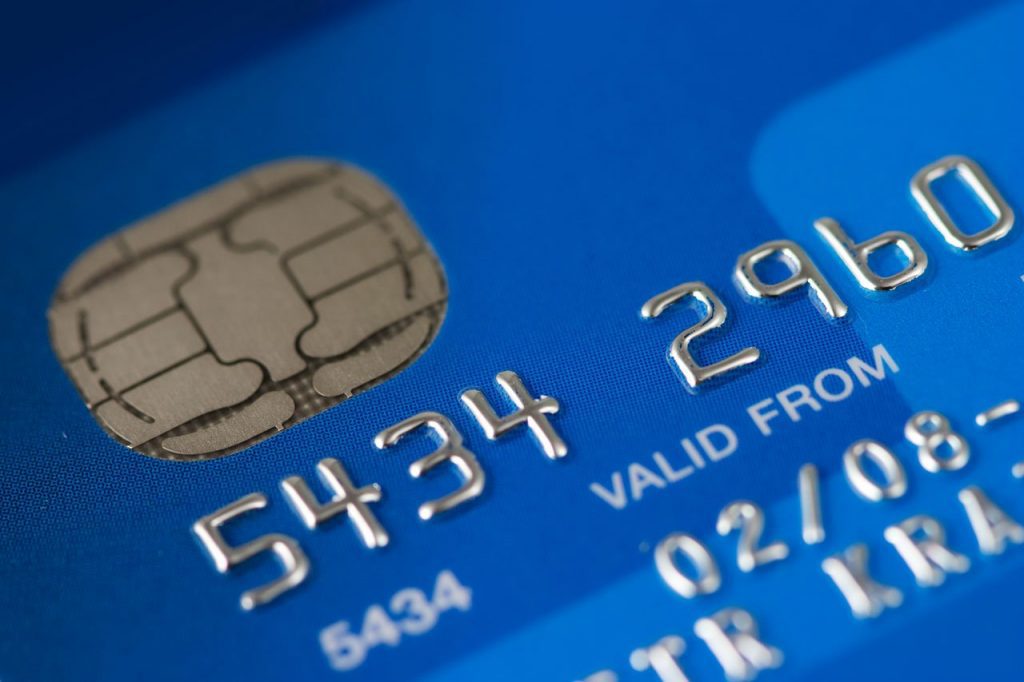Russia did it with Mir Card, to counteract U.S. sanctions. Union Pay did it in spades with their domestic payment scheme. India did it with RuPay, and drove cash reduction by tightening the flow of rupees. Brazil did it with Elo because the market wants its own brand. Portugal introduced MultiBanco, as Nigeria rolled out Quckteller.
Now, comes Sri Lanka.
First, let’s put Sri Lanka in context. You will find Sri Lanka past the southeast tip of India surrounded by the Indian Ocean, the Bay of Bengal and the Gulf of Manmar, an island first inhabited in 6th century B.C. The Portuguese owned it in the 16th century, then the Dutch, followed by the British in 1800. After WWII, it became independent, and known as Ceylon, a name it retained until 1972.
22 million residents occupy this country, the size of the state of West Virginia, and with a labor force of 9 million, unemployment on the island is only 4%. Here’s the kicker: cellphone distribution per 100 inhabitants is 126, meaning every citizen own 1.26 cell phones. That is notable because only 12% of the people have landlines.
32% of the population have debit cards, only 5% have credit cards.
Lanka Business Online reports today that the Central Bank of Sri Lanka is launching their own national payment scheme. The card is not affiliated with Mastercard or Visa. Instead, it is a product enabled by JCB.
- The Central Bank of Sri Lanka together with LankaClear (LCPL) achieved a significant milestone in the country’s payment landscape by launching the National Card Scheme (NCS).
- The Central Bank said in a statement that the NCS will be operated by LCPL in partnership with the international payment card operator JCB International of Japan.
- Initially, a debit card will be issued under this card scheme. Additionally, the NCS cards will be accepted across over 4,800 ATMs Islandwide connected to LankaPay network to facilitate cash withdrawals.
- As the second phase of the NCS, the “LankaPay 2in1” card will be introduced. This will be a chip based NFC card – with additional stored value functionality for retail payments including public transport. Further, it is expected to issue a credit card as well as support e-commerce transactions under the NCS initiative.
- Expressing his views at the launch, Dr. Indrajit Coomaraswamy, the Governor of the Central Bank stated that “this is indeed a momentous occasion for Sri Lanka as the country launches its national card scheme, meeting international standards which will bring immense benefits to Sri Lankan consumers due to its lower cost that enables financial inclusion.”
Domestic payment schemes can bring a level of disintermediation to the payment brands. Discover Global Networks has done substantial work in arranging bilateral credit card arrangements, so there is every reason to think that your LankaPay card will function soon enough in Chicago, and vice versa.
Overview by Brian Riley, Director, Credit Advisory Service at Mercator Advisory Group
